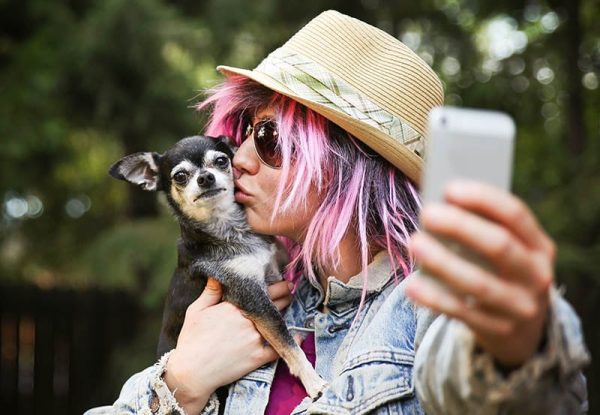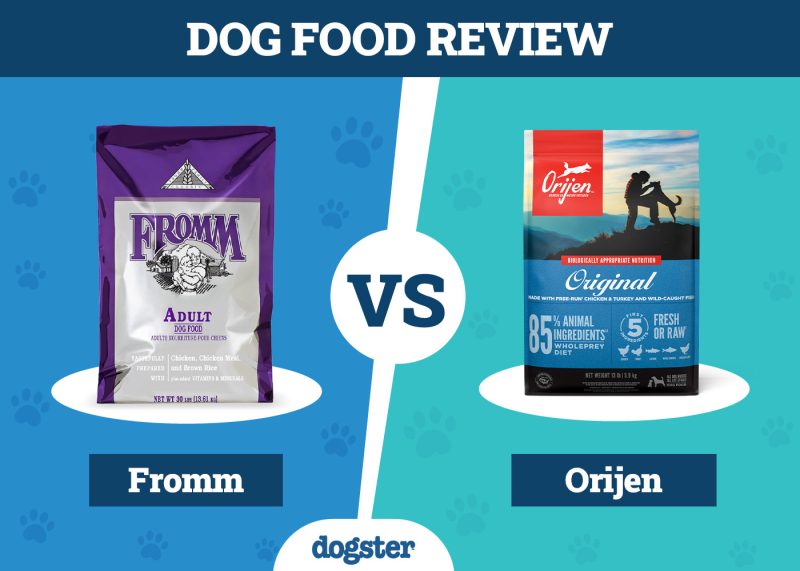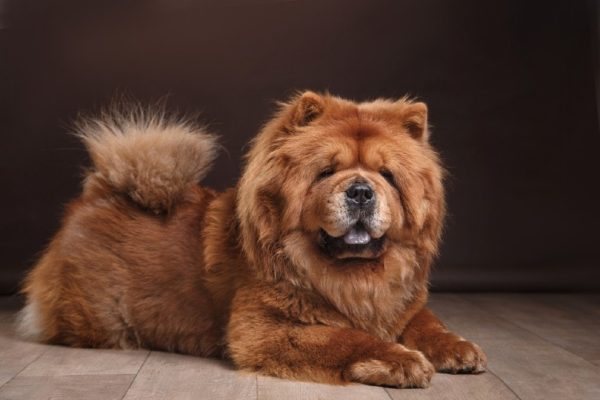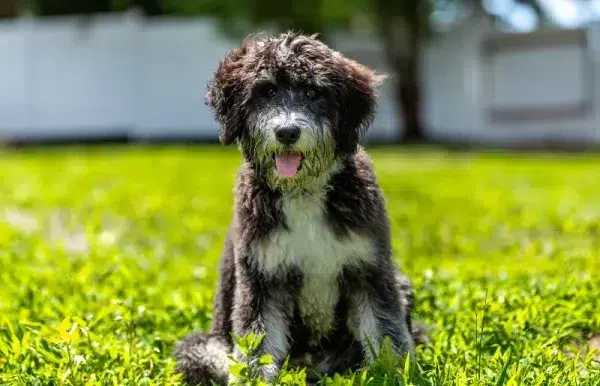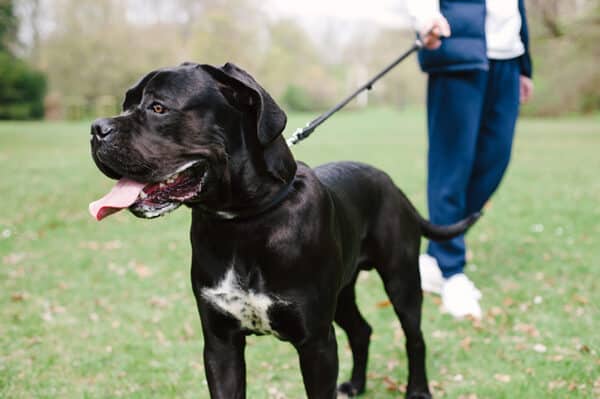Training is a non-negotiable part of being a responsible dog owner. Properly trained pups not only make happier and more obedient family members, but training provides owners with a perfect opportunity to bond with their new pets. However, not all dogs are easy to control or train, especially if you’ve never owned one before. If you’re considering adopting your first dog, you might want to consider a smaller breed, as they’re easier to handle and train.
Read on to find our pick of the 15 small dog breeds that are easy to train.

How Are the “Small Dogs That Are Easy to Train” Classified?
Dog breeds are often categorized by their weight, though there doesn’t appear to be one specific definition.
Dogs weighing less than 30 pounds are typically considered “small” dogs, so these are the parameters we used when collecting breeds for our blog today. Some of the breeds you’ll read about later are actually considered “toy” breeds as they weigh less than 15 pounds.
Ease of training comes down to each dog’s personality, though their breed characteristics can play a huge part. Many of the dogs you’ll read about below were bred to be working dogs, which called for higher-than-average intelligence levels. This could explain why these small dog breeds may be easier to train than others.
The 15 Small Dogs That Are Easy to Train
1. Toy Poodle
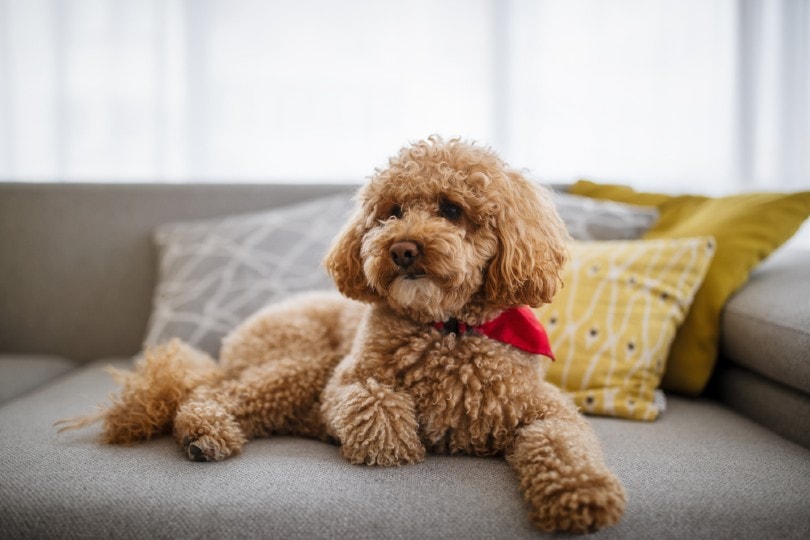
| Height: | 10 inches |
| Weight: | 6 – 10 pounds |
| Lifespan: | 10 – 18 years |
Toy Poodles, like their Miniature and Standard counterparts, are a highly intelligent dog breed. Their smarts and eagerness to please their owners make them a very trainable breed. These “thinking” dogs pay close attention to their humans and respond eagerly to positive training methods.
Poodles were originally bred as water retrievers. They worked alongside their masters, bringing ducks and other birds back to them.
2. American Hairless Terrier
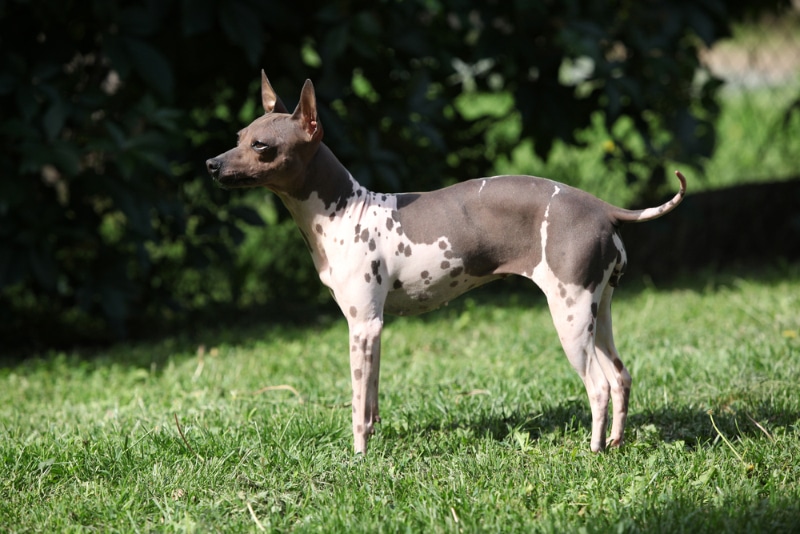
| Height: | 12 – 16 inches |
| Weight: | 12 – 16 pounds |
| Lifespan: | 14 – 16 years |
The American Hairless Terrier is an intelligent and eager-to-learn dog breed. They love nothing more than pleasing their humans, so training is typically easy and enjoyable for both the human and the dog. These curious and playful pups learn quickly and are a joy to train.
The ancestors of the American Hairless Terrier were bred to hunt rats and other similarly sized vermin. However, because these pups have no hair, they’re unsuitable for most hunting activities.
3. Australian Terrier
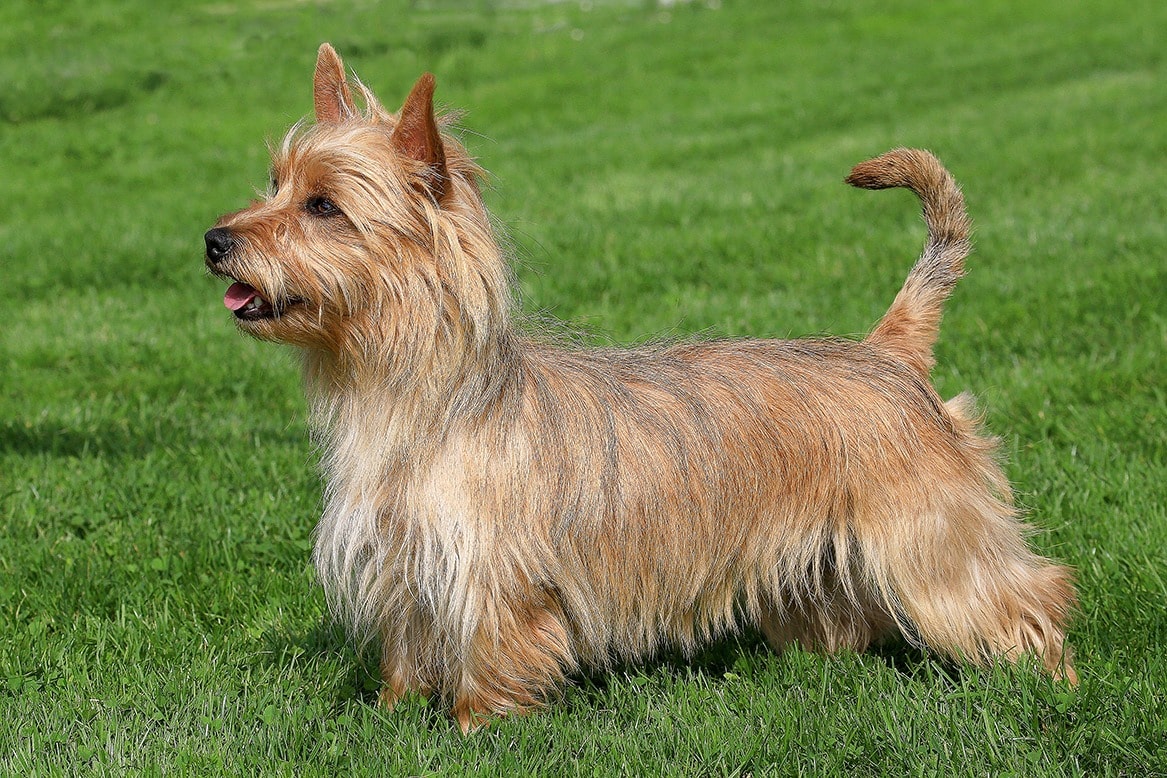
| Height: | 10 – 11 inches |
| Weight: | 15 – 20 pounds |
| Lifespan: | 12 – 15 years |
Australian Terriers are intelligent dogs that can learn tasks and commands quickly. They’re very motivated to please their humans, though they can have an independent streak at times. They can tire of the same training routine over and over, so owners should keep sessions fresh and interesting as well as short and engaging.
Australian Terriers are one of the smallest working terrier breeds. Their ancestors were bred to control mouse and rat populations.
4. Bichon Frise
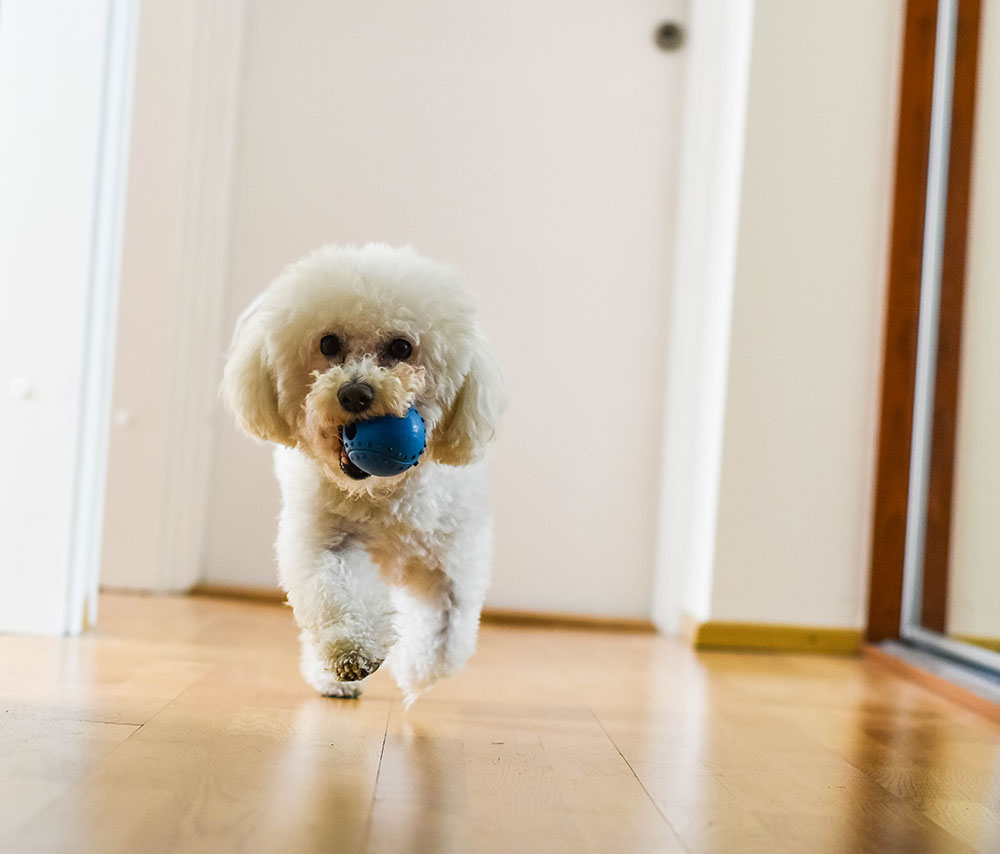
| Height: | 10 – 12 inches |
| Weight: | 10 – 18 pounds |
| Lifespan: | 12 – 15 years |
The Bichon Frise is a highly intelligent breed that takes well to training and learning new tricks. They’re quick learners, so training them doesn’t require too much effort. Perhaps the most redeeming quality of the Bichon Frise is their emotional intelligence. They know how to read the room and are gifted with the ability to sniff out who needs their love and snuggles the most.
The Bichon breed was originally developed as sailing and herding dogs. However, the French further honed the breed to be gentle companions and lap dogs.
5. Papillon
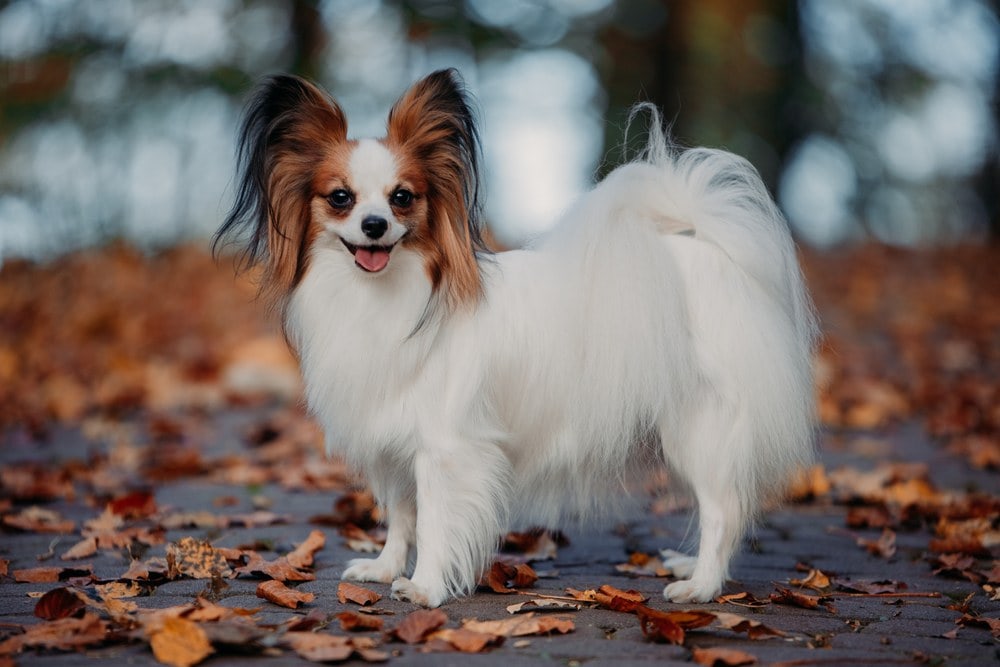
| Height: | 8 – 11 inches |
| Weight: | 5 – 10 pounds |
| Lifespan: | 13 – 15 years |
Papillons are intelligent dogs that genuinely enjoy learning new things. This makes training them not only easy but a joy, too. They love learning new tricks and are quick at picking up commands. According to canine intelligence expert Dr. Stanley Coren’s research on dog intelligence, as presented on the AKC’s website, Papillons rank eighth among the top 20 most intelligent dog breeds1.
The Papillon breed was bred to serve as attentive companions and lap dogs for noblewomen in the European royal court.
6. Miniature Schnauzer
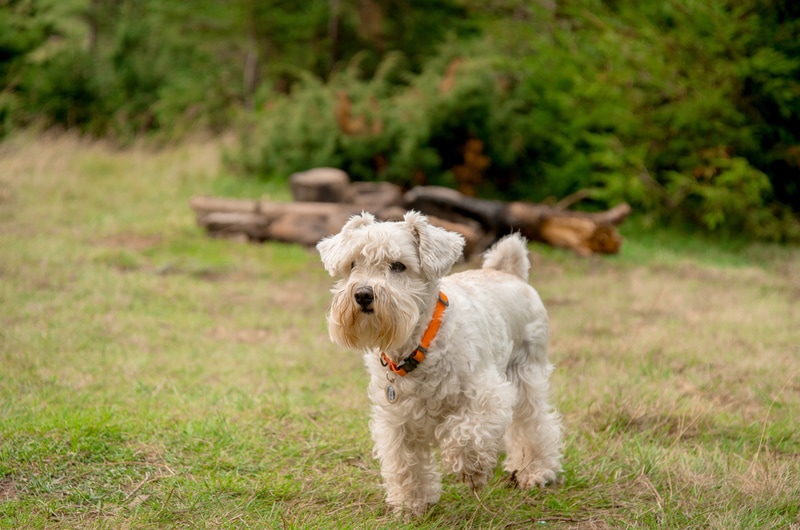
| Height: | 12 – 14 inches |
| Weight: | 11 – 20 pounds |
| Lifespan: | 12 – 15 years |
Miniature Schnauzers are a friendly and eager-to-please breed that learns quickly. Their high intelligence and quick-to-bore temperament mean owners will need to be creative with their training regimen. Sessions should be quick and varied to keep the dog engaged and prevent boredom.
Like many of the other small breeds on our list, the Miniature Schnauzer was originally bred to catch rats on farms.
7. Pomeranian
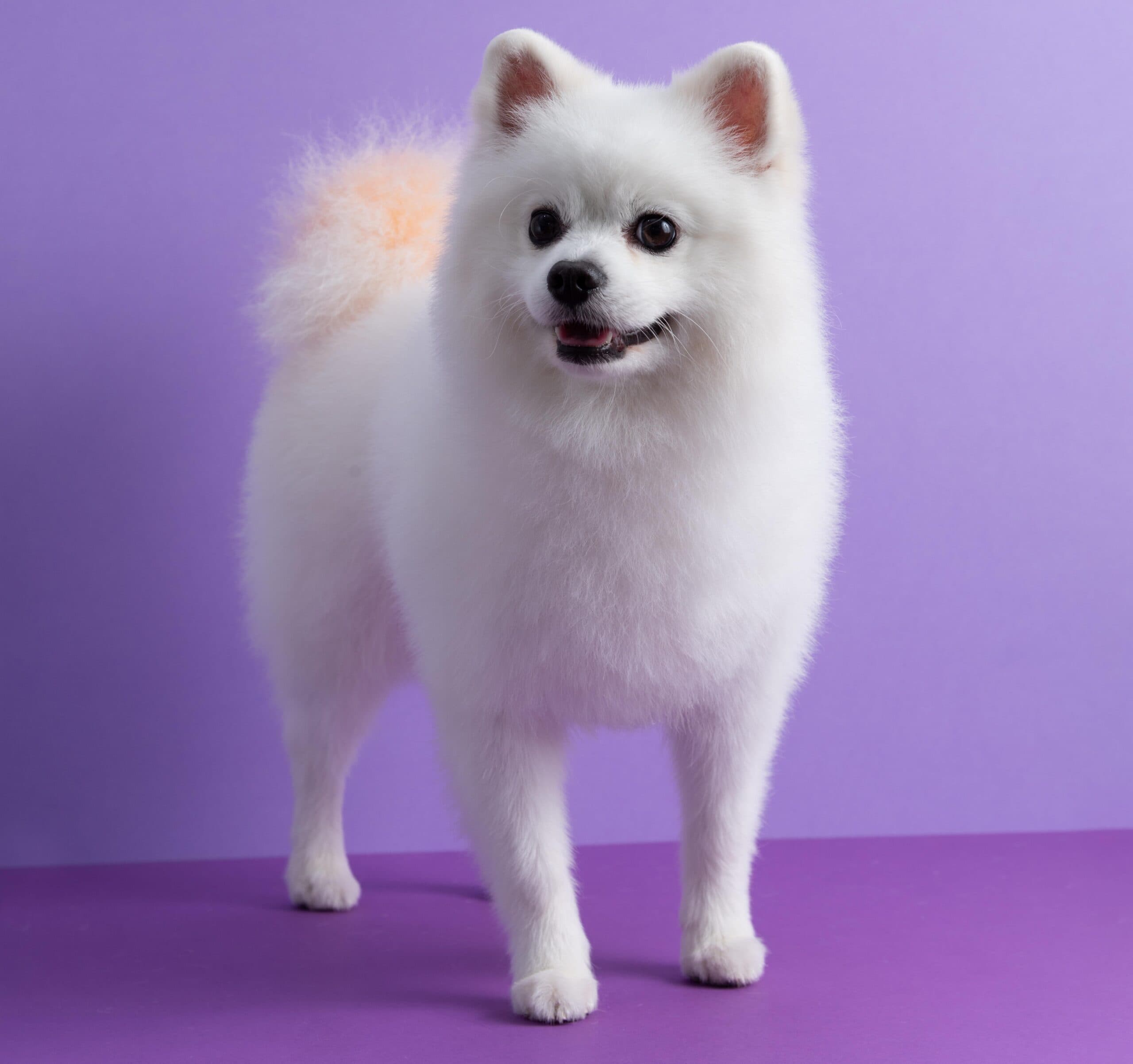
| Height: | 6 – 7 inches |
| Weight: | 3 – 7 pounds |
| Lifespan: | 12 – 16 years |
Pomeranians are spunky little dogs with a fairly high intelligence level. They can generally be trained quite easily, though they do sometimes have an independent streak. Poms can excel at dog sports like agility or obedience, but their small size does make them quite fragile.
Though modern Pomeranians are considered a toy breed and typically kept strictly as companions, the original Poms were about twice the size. They were developed primarily to herd and guard livestock.
8. Cavalier King Charles Spaniel
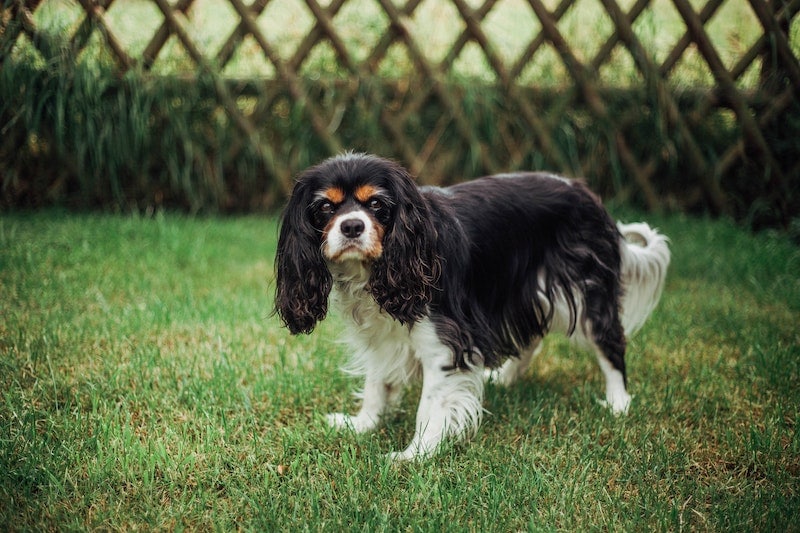
| Height: | 12 – 13 inches |
| Weight: | 13 – 18 pounds |
| Lifespan: | 12 – 15 years |
The Cavalier King Charles Spaniel is a smart breed that trains easily. They genuinely enjoy learning new commands and tricks, but they can be sensitive, so it’s always best to stay patient and calm when training them. They can excel in numerous canine sports, such as agility or obedience.
The Cavalier King Charles Spaniel was originally bred as a lap dog.
9. Coton de Tulear
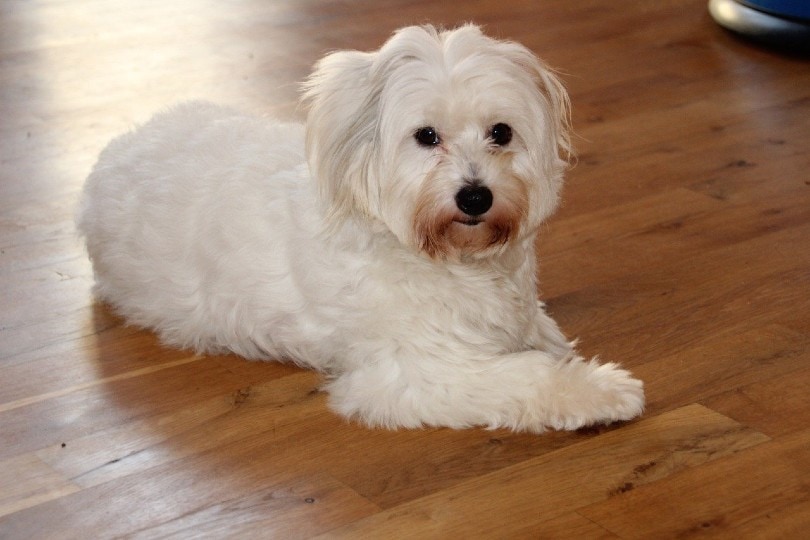
| Height: | 9 – 11 inches |
| Weight: | 8 – 13 pounds |
| Lifespan: | 14 – 16 years |
The Coton de Tulear is an intelligent and energetic breed that can be easy to train. They can solve problems on their own and learn quite quickly. Their happy and even-tempered personality also makes training them genuinely enjoyable.
Coton de Tulear was bred to be a companion dog of the Merina tribe in Madagascar.
10. Boston Terriers
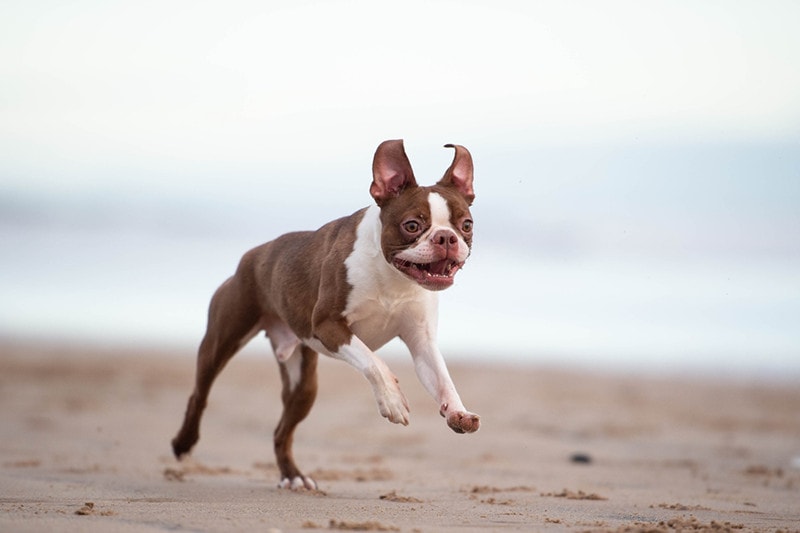
| Height: | 9 – 15 inches |
| Weight: | 6 – 25 pounds |
| Lifespan: | 11 – 13 years |
Boston Terriers are intelligent dogs who are eager to please their humans. They’re relatively easy to train, but they do best with short and varied training sessions to avoid boredom. Like most dogs, they respond best with positive reinforcement techniques, like rewards and high-value treats.
Boston Terriers were first bred for the violent practice of dog fighting. The original Boston Terriers were much larger and stronger than the ones we know and love today.
11. Pembroke Welsh Corgi
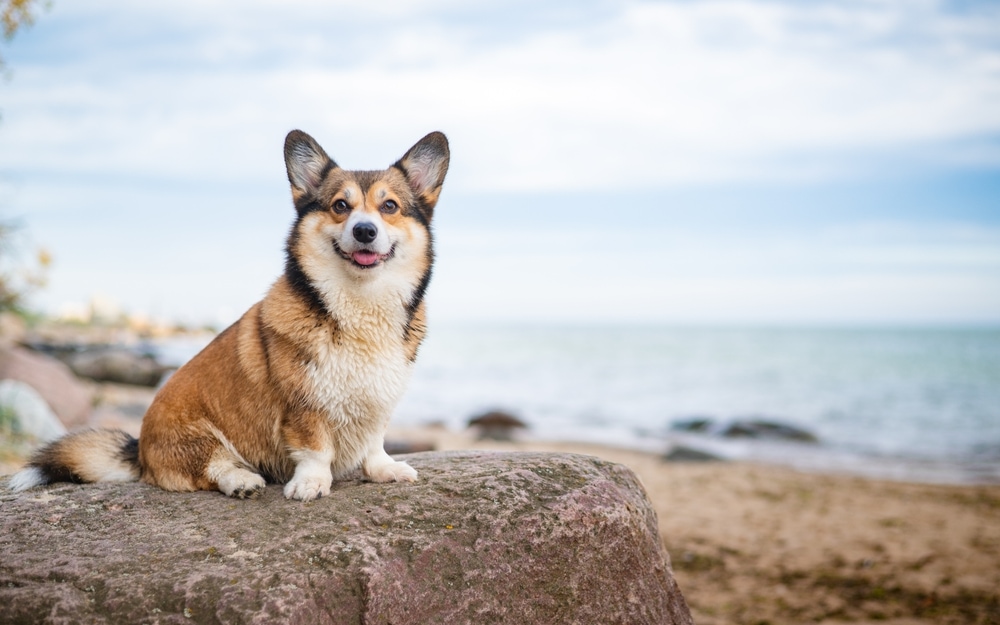
| Height: | 10 – 12 inches |
| Weight: | Up to 30 pounds |
| Lifespan: | 12 – 13 years |
The Pembroke Welsh Corgi is a sturdy, extremely intelligent dog breed. According to Coren, they rank as the 11th smartest breed. This breed excels in various canine sports, including agility, tracking, and herding. Their high intelligence and eagerness to please make training a breeze.
The Pembroke Welsh Corgi was first developed as a herding dog and farmyard guardian.
12. Toy Fox Terrier
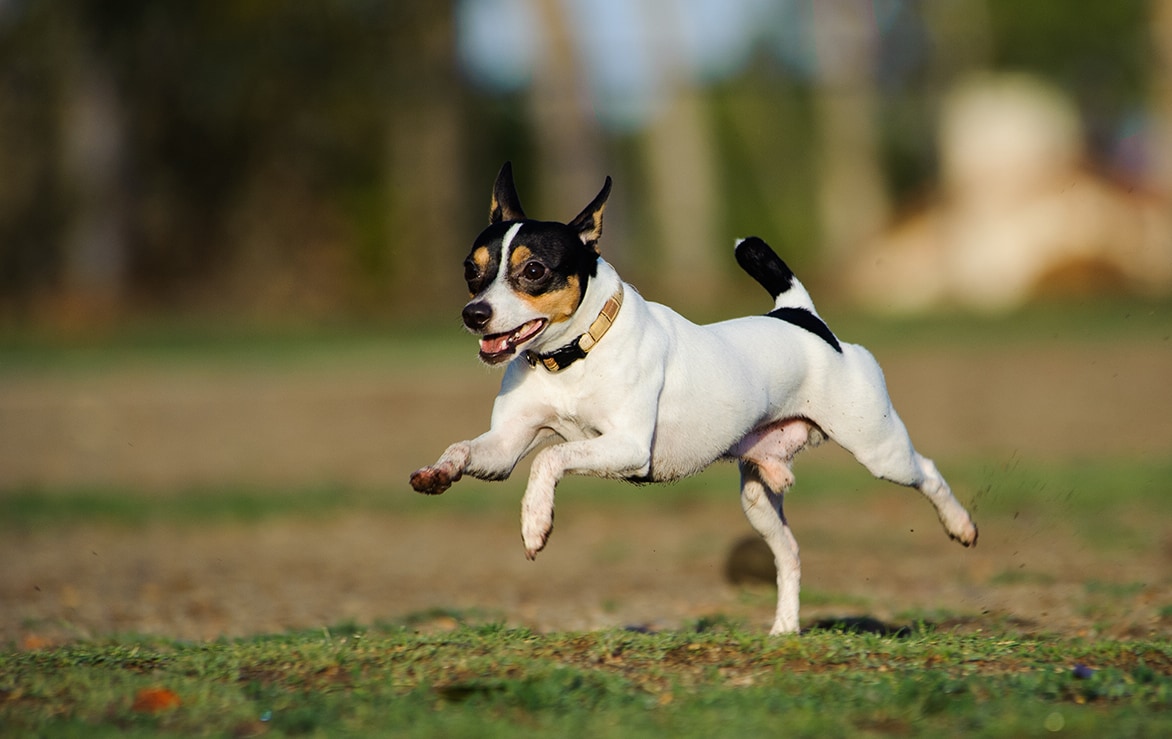
| Height: | 8.5 – 11.5 inches |
| Weight: | 4 – 9 pounds |
| Lifespan: | 13 – 15 years |
The Toy Fox Terrier is a tenacious and intelligent little dog with a naturally extroverted temperament. These loyal and lively pups are easy to train and genuinely enjoy a wide range of activities, from hunting to dog sports to just lounging with their favorite humans on the sofa.
The Toy Fox Terrier, like other terrier breeds, was originally bred to hunt vermin.
13. Maltese
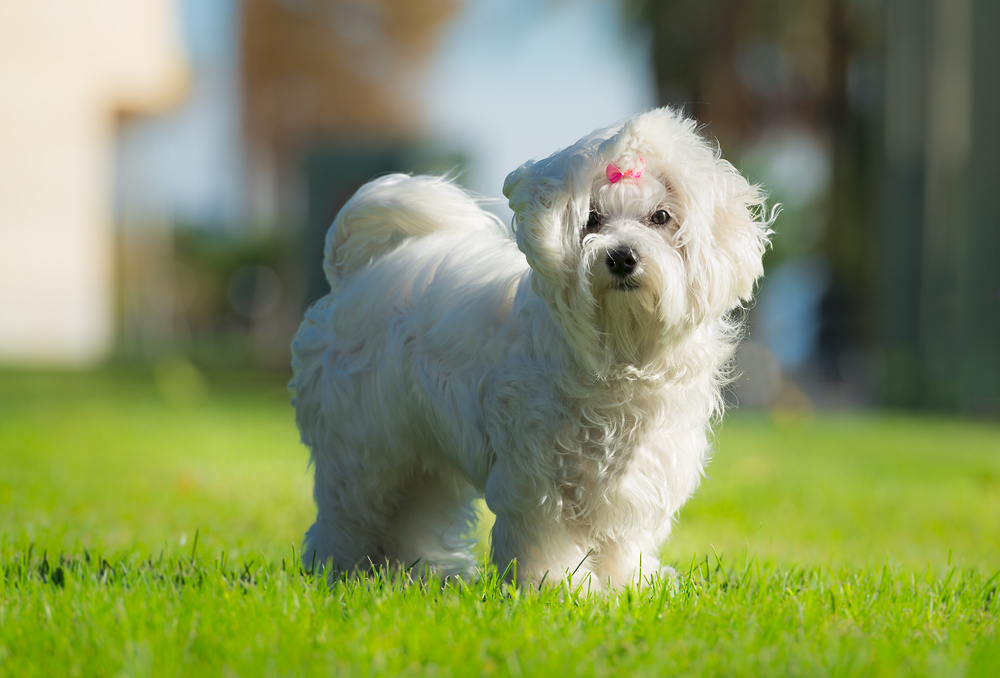
| Height: | 7 – 9 inches |
| Weight: | Under 7 pounds |
| Lifespan: | 12 – 15 years |
The Maltese is an eager-to-please dog that’s usually quite responsive to training. They seem to enjoy learning new commands and wowing their humans with new tricks, and can even excel in various canine sports like agility and obedience.
The original Maltese dogs were the highly valued pets of the wealthy and aristocratic people of Malta.
14. Schipperke
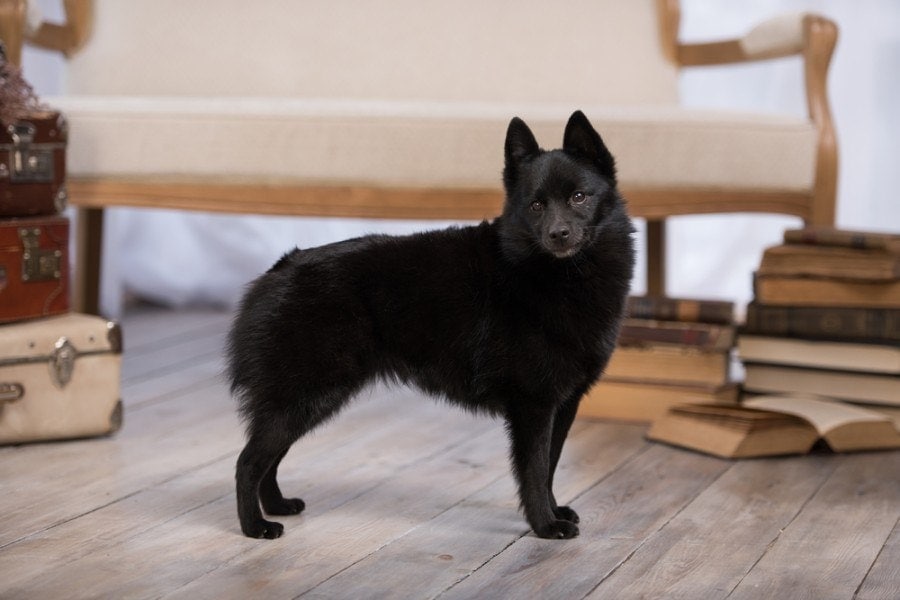
| Height: | 10 – 13 inches |
| Weight: | 10 – 16 pounds |
| Lifespan: | 12 – 16 years |
The Schipperke is an intelligent and energetic dog that excels in many dog sports, particularly obedience and agility. This confident and alert breed loves having a job to do. They can have an independent streak, but because they’re extremely food-motivated, they’re still trainable under the right conditions. As long as you have plenty of high-value treats on hand, you’ll have your Schipperke’s attention.
The Schipperke was originally bred to be guardians on barges and protectors of homes, shops, and families.
15. Miniature Rat Terrier
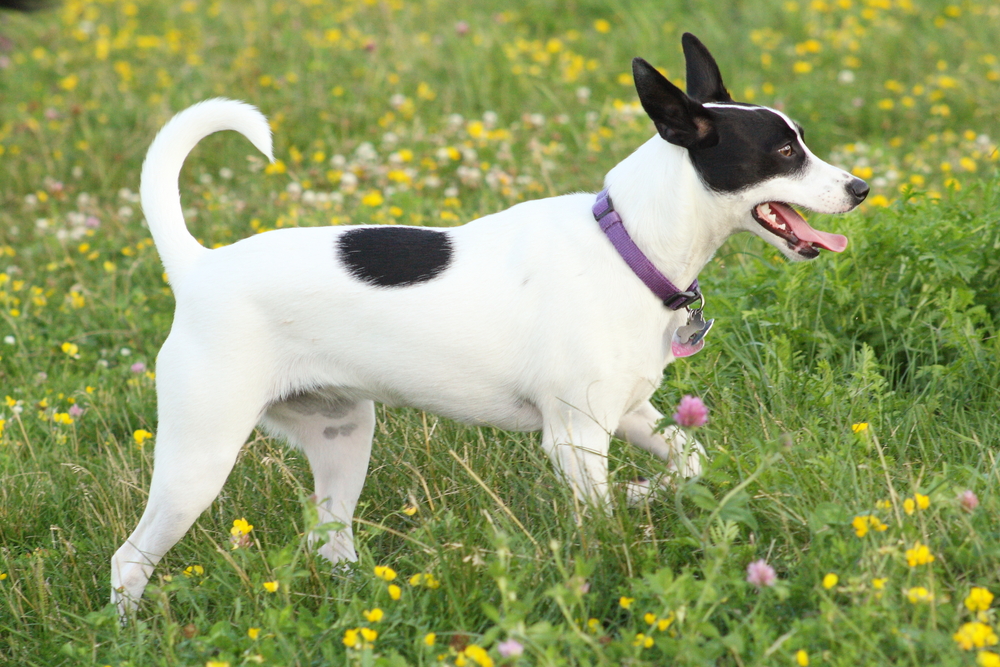
| Height: | 10 – 13 inches |
| Weight: | 10 – 18 pounds |
| Lifespan: | 12 – 18 years |
The Miniature Rat Terrier is a bright and agile dog breed with the expert hunting skills and intelligence expected of terriers. Training sessions need to be short, fun, and rewarding. This breed can do quite well in various dog sports, including agility, flyball, and scent work.
Rat Terriers were one of the most common farm dogs in America during the 1910s and 1920s. They were originally developed to control the population of farm pests such as rats and rabbits.
Conclusion
Training a dog doesn’t have to be a frustrating experience, especially when you choose a breed that’s naturally eager to learn. It can be a great bonding experience with your dog and they’ll learn to pay more attention to you. Whether you’re a first-time dog owner or just looking for an easygoing companion, these small but smart dogs are great choices.
While breed traits can give you an idea, every dog is unique, and it also depends on your level of consistency, patience, and the training methods you apply. If you’re thinking about bringing home a new puppy, why not pick one that is naturally easy to train? Your future self and your dog will thank you.
See Also: 12 Best (& Least) Behaved Small Dogs Breeds for Easy-Going Canine Companions
Featured Image Credit: New Africa, Shutterstock


